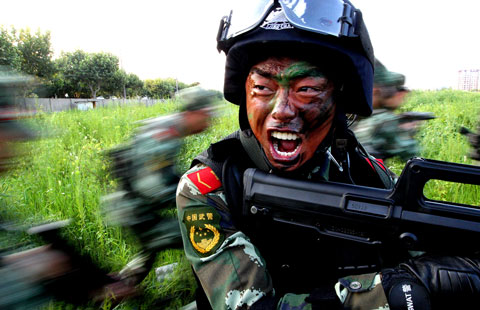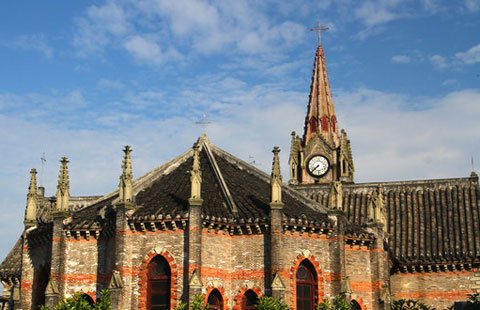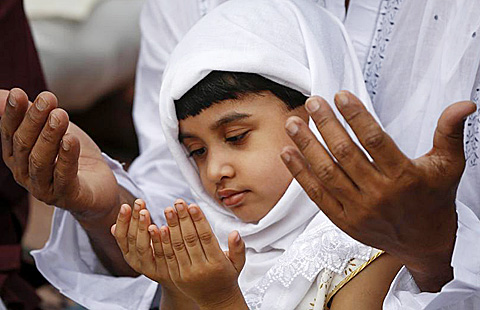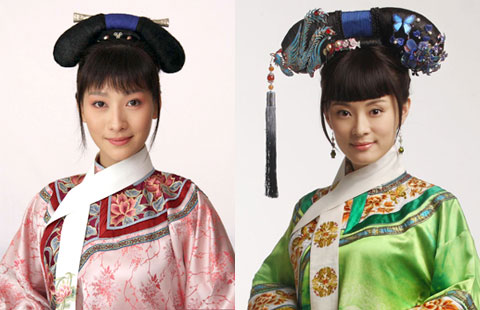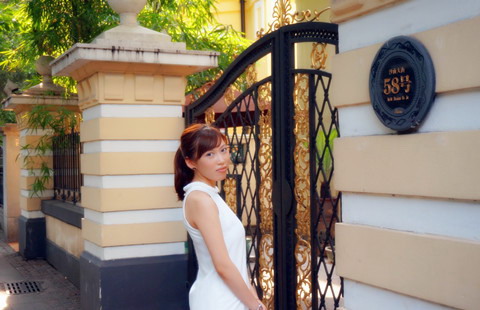
A diplomat at the Chinese Mission to the EU in charge of cultural affairs, welcomes such international exposure of China's cultural heritage.
"We are glad to see that at the moment, there are 45 UNESCO heritage sites in China," he says. "Recognition by UNESCO is very helpful in raising people's awareness of those places and enhancing China's soft power.
"Ever since joining the World Heritage Convention in 1985, China has been very active in protecting its heritage sites. Yet it will remain a challenge for us to have the best expertise in an extensive range of fields so we can better manage those sites for future generations."
These comments are echoed by a UNESCO source. "The world's heritage needs to be preserved and handed over to future generations. UNESCO and its member states play a crucial role in this task. "Through these photos, we discover the diversity in China that constitutes a priceless heritage for humanity."
Further recognition of the importance of China's cultural contribution to the world came a few years ago with the launch of a new Chinese edition of the UNESCO World Heritage Review magazine. It publishes feature articles on China's imperial sites and gardens, ancient Chinese cities and towns, sacred monuments and religious grottoes.
To be included on the World Heritage List, sites must be of "outstanding universal value" and meet at least one of 10 selection criteria. China, of course, is a country richly endowed with culture. The Chinese economy was transformed by Deng Xiaoping's economic reforms that began in the late 1970s and it has not looked back since.
Modern Chinese cultural exports have been a mainstay in homes across the world over the past few decades. Pop culture icons such as Bruce Lee and Jackie Chan are global figures. Chinese action movies are popular all over the world.
The discovery in Xi'an in 1974 of the Terracotta Army - sculptures depicting the armies of Qin Shi Huang (260-210 BC), the first emperor of China - highlighted the depth of Chinese culture. The sculptures were buried alongside the emperor to protect him in the afterlife.
